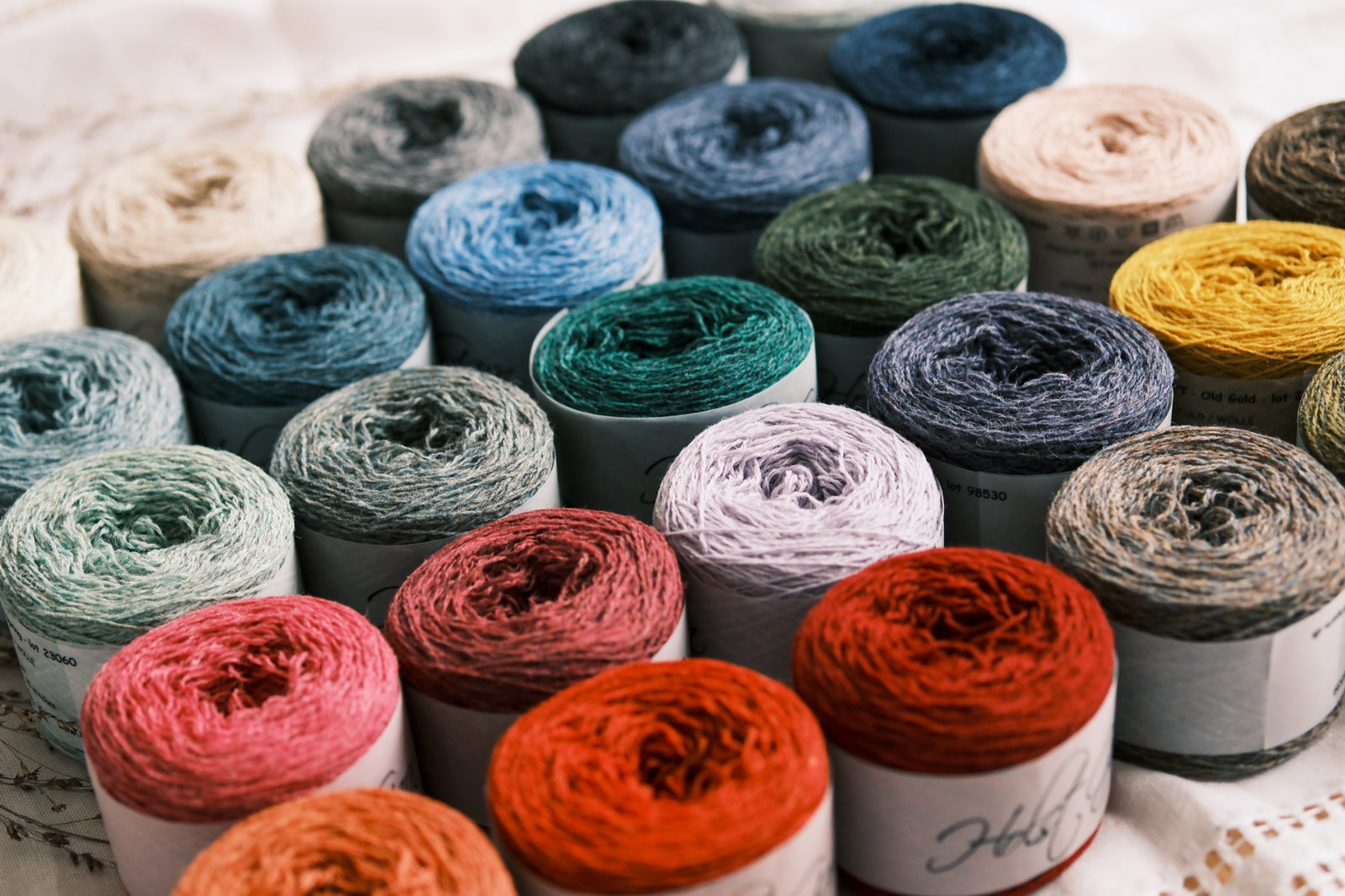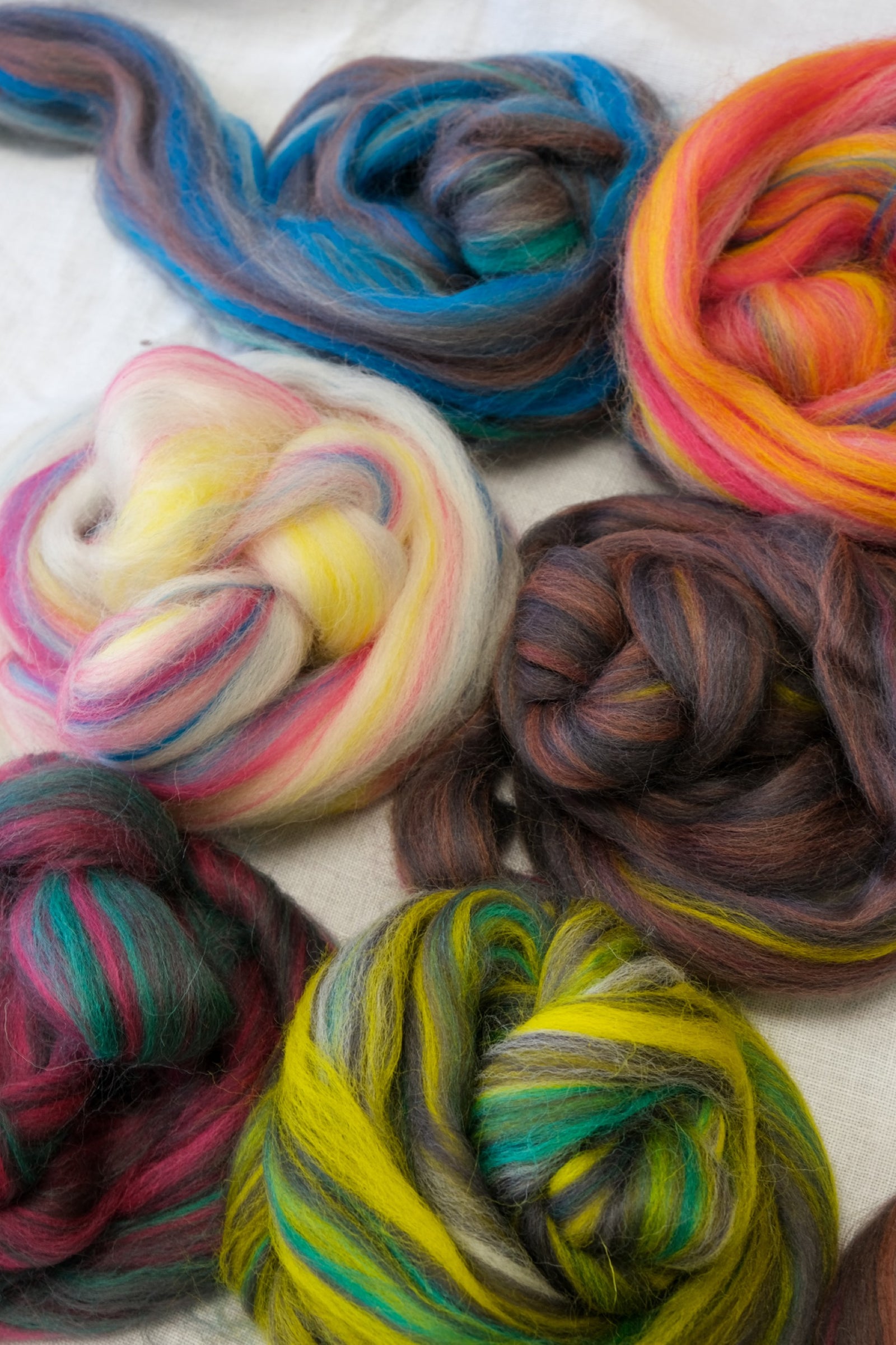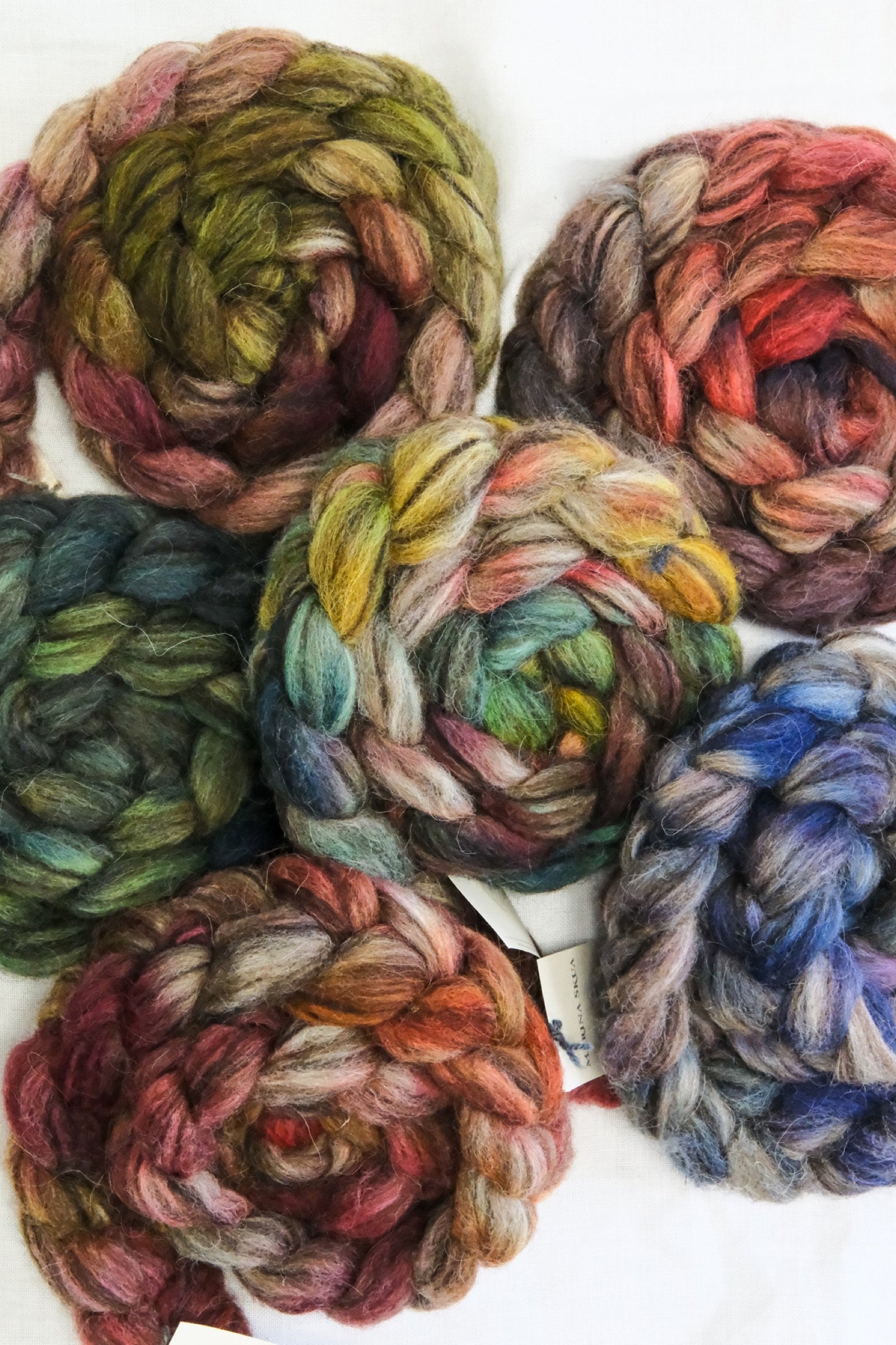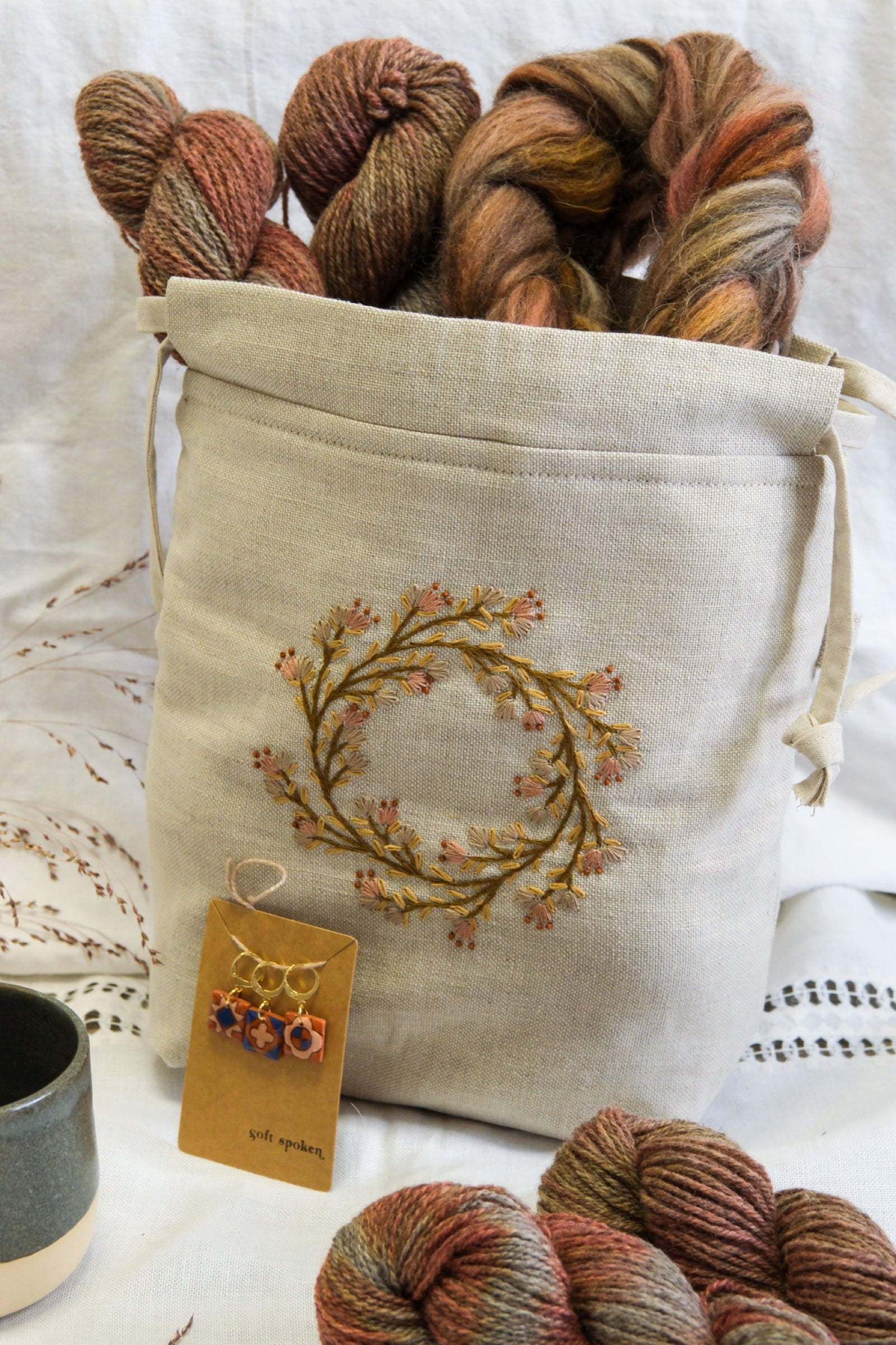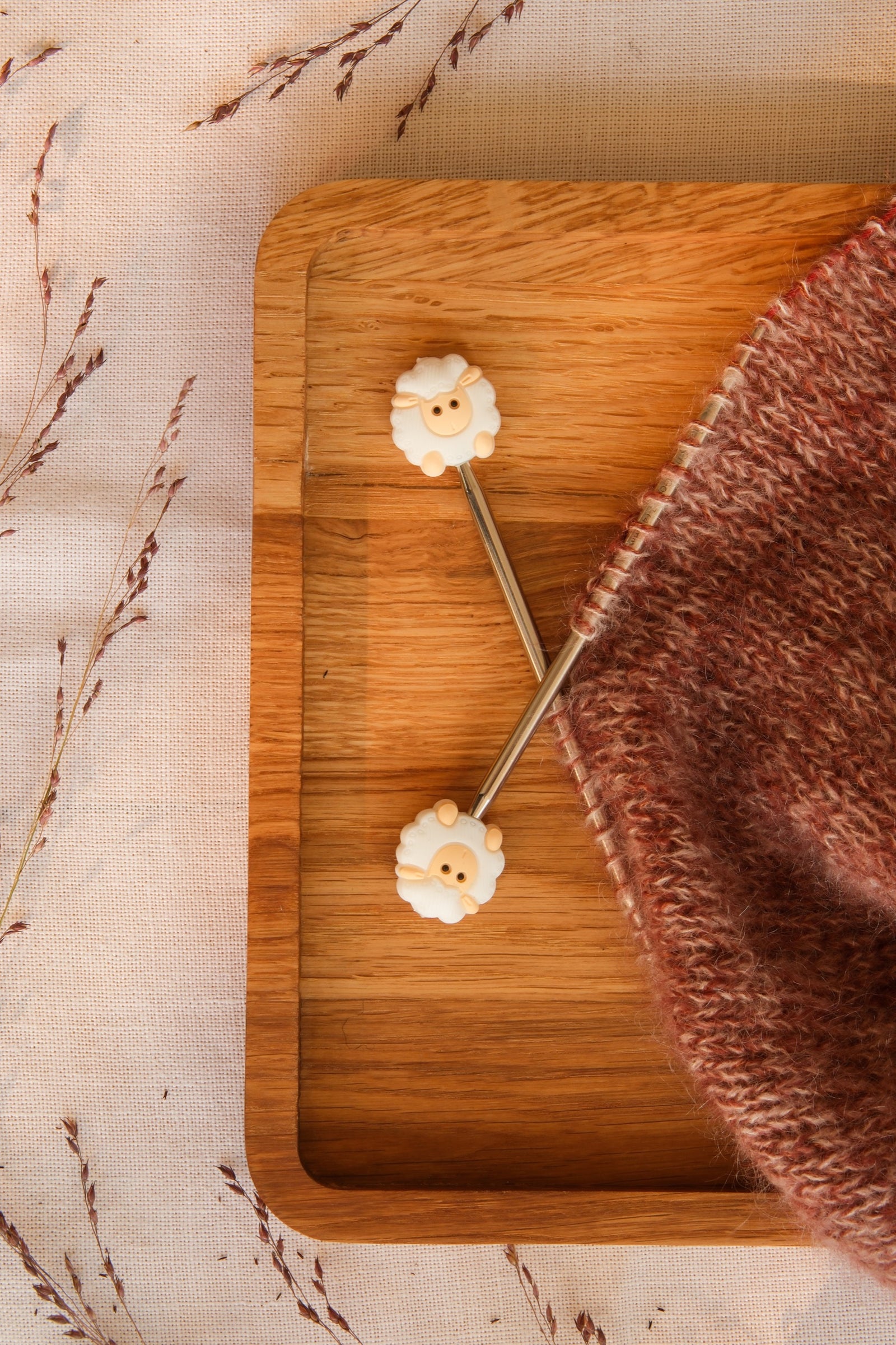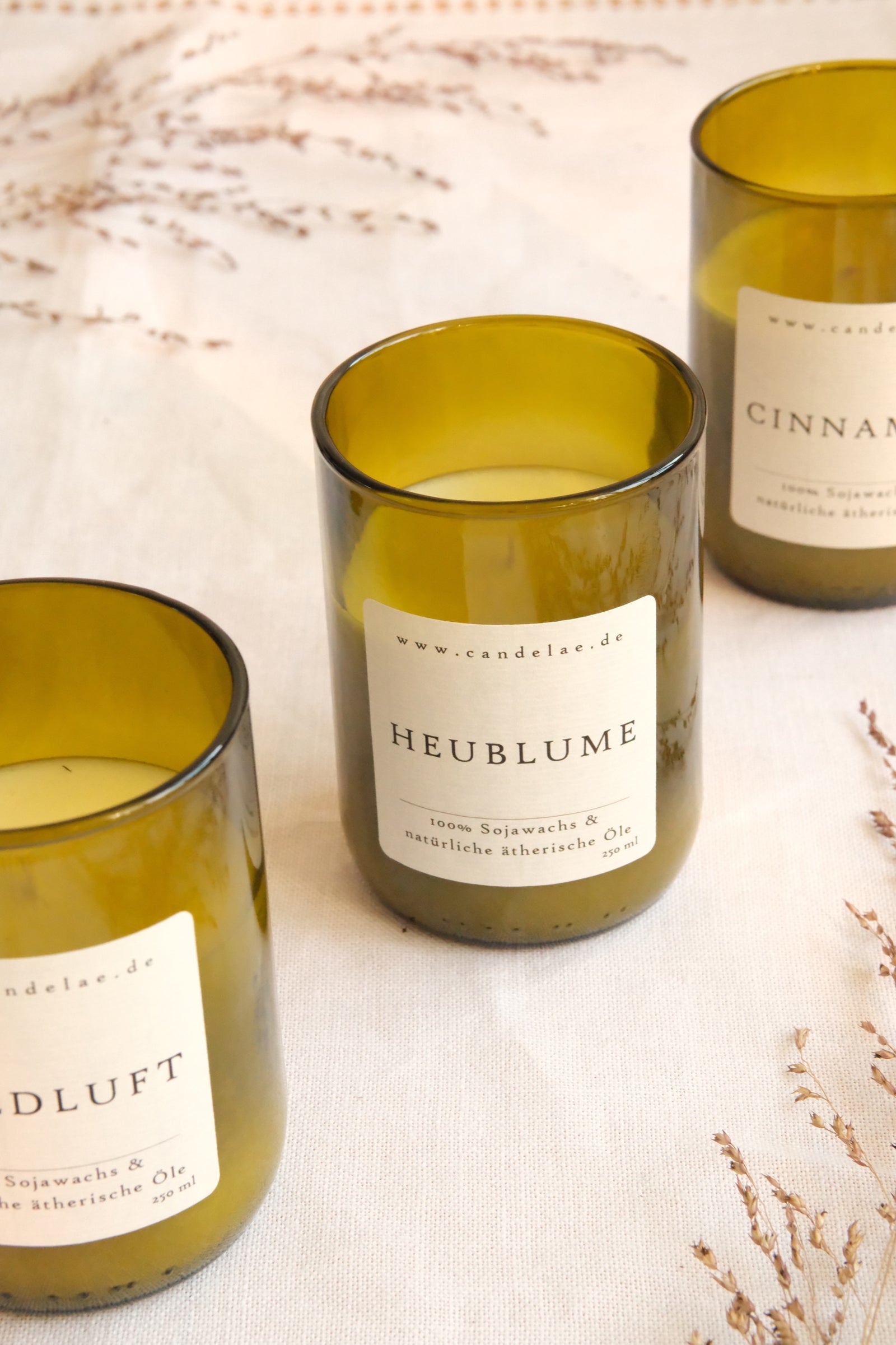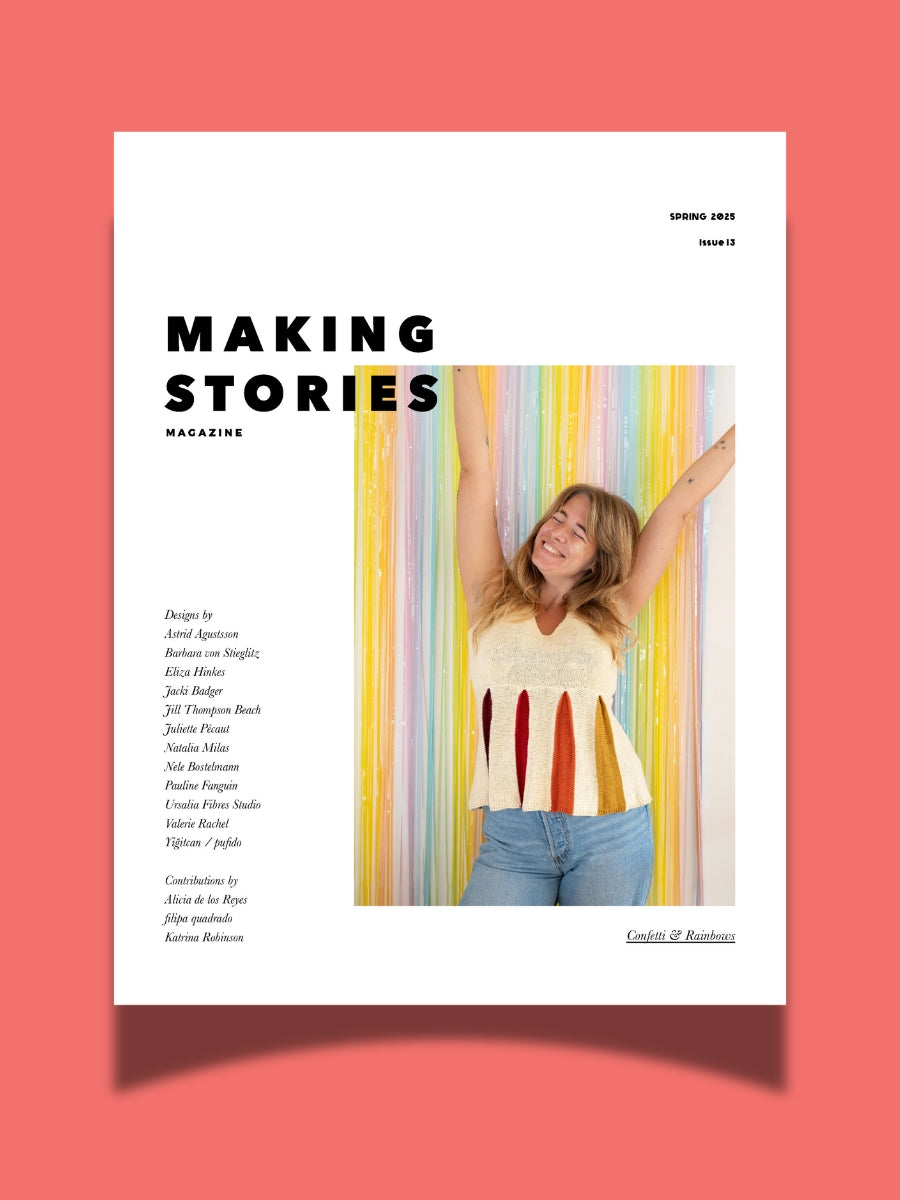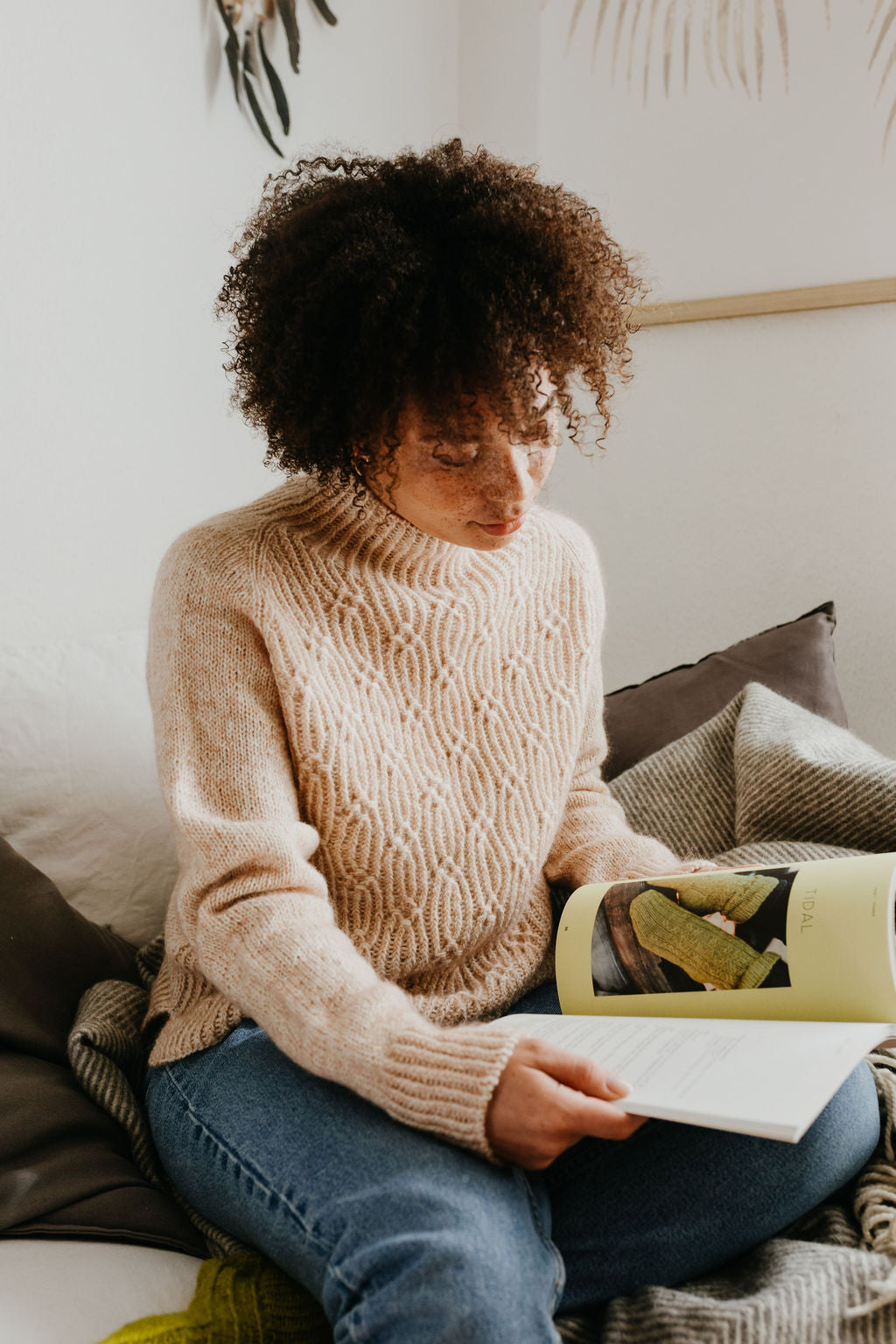Wir schenken dir die Versandkosten ab einem Bestellwert von €75 (Deutschland) | €125 (international)!
Wir schenken dir die Versandkosten ab einem Bestellwert von €75 (Deutschland) | €125 (international)!
Yarn
Spinning Fiber
Notions & Gifts
Books, Magazines & Patterns
Über uns
Mit unserer sorgfältig zusammengestellten Auswahl an plastikfreien Garnen und Zubehör haben wir alles, was du für dein nächstes Projekt brauchst - und für das übernächste... Auf eine Garderobe aus Strickwaren, die wir lieben und die wir jahrelang tragen wollen!
Mit unserer sorgfältig zusammengestellten Auswahl an plastikfreien Garnen und Zubehör haben wir alles, was du für dein nächstes Projekt brauchst - und für das übernächste... Auf eine Garderobe aus Strickwaren, die wir lieben und die wir jahrelang tragen wollen!

Unser Nachhaltigkeitsversprechen

Unser Blog
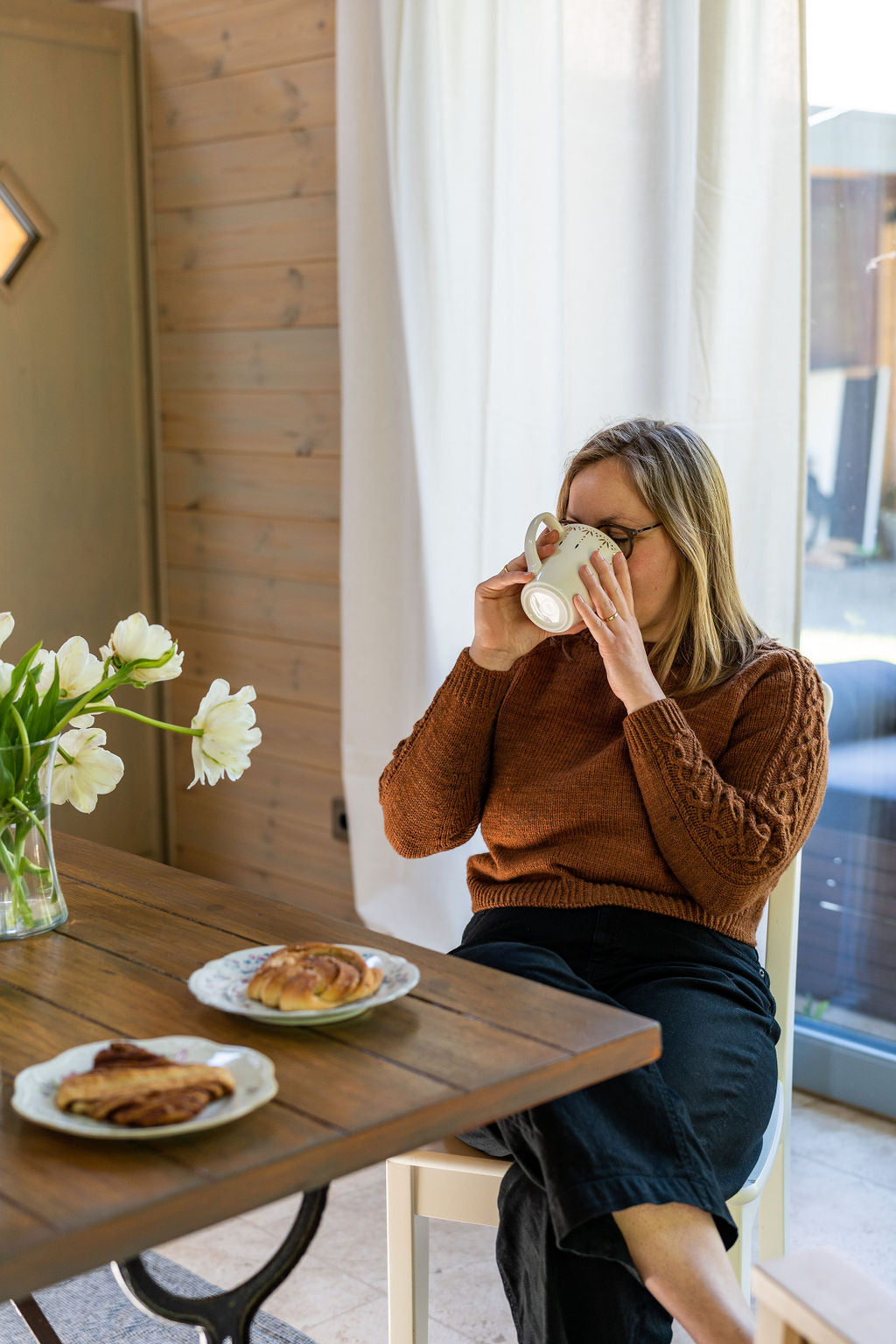
Unser Podcast

Das Making Stories-Collective
What to make with hand-spun yarn
Mai 22, 2024 4 min lesen.
The joy of spinning your own yarn is that you can design the yarn from the fibre up. In theory this means you can hold the pattern or project you’d like to make in mind, and create the yarn to match.
However in practice, at least at the beginning, that’s often not how it goes. Perhaps your spinning is either a bit inconsistent, or you find it hard to spin to a specific weight of yarn. Maybe you enjoy spinning from gloriously dyed variegated fibre and the result is very busy-looking yarn. It might be that you have small, precious skeins of practice yarn, or on the other end of the scale, you’re amassing hand-spun yarn faster than you can possibly knit through it.
We’re going to take a look at a few of my hand-spun projects that cover some or all of these situations, and will hopefully inspire you to make more with your hand-spun.

Simple accessories
These are the Holding Hands mitts, designed by Claire Walls, which I made for my husband years ago. They still live in his coat pockets and come out every winter.
- Small projects are a good way to use yarn spun from impromptu purchases of a single batt or braid of top that were too pretty to resist.
- Plain stitch patterns like garter stitch, stockinette and even a little moss or seed stitch can allow variegated or busy yarn to shine, where more complex designs like lace or cables would likely be lost.

Stranded colourwork
Shown here is my Aspis Hat, using some hand-spun Cheviot as the contrast, with an undyed commercial Bluefaced Leicester/Masham blend as the main colour. The hand-spun yarn was left over from making the pair of mittens above.
- Using hand-spun for a contrast colour is a great way to use up sample spins or small quantities of leftovers.
- Pairing slightly lumpy hand-spun with a contrasting but less interesting commercial yarn of similar weight will make a sleeker-looking item and allow your work to shine. You’d be surprised how well it evens up when knitted!

A textured shawl
My hand-spun version of the Leoma Shawl uses two different hand-spun yarns with quite low contrast. The yarn was much finer than the pattern called for, but using the same needle size as the original gave a much lighter, more airy fabric.
- Gauge doesn’t really matter.
- It’s easy to pair stripes of hand-spun with a solid colour commercial yarn. Lots of small amounts can be mixed together, and pairing with a solid colour will tone down yarn that might be distracting on its own.
- You can keep working with stripes of different sizes until you’ve used up all of your yarn.

Weaving
It’s become almost cliche that crafters who take up spinning are then likely to begin weaving. I am no exception to this. Five months passed from my first clumsy attempt at spinning to when I began to weave with the yarn I was making. I started with a home-made tapestry loom and progressed to a rigid heddle loom a while later.
- Weaving works up much more quickly than knitting, and makes a larger area of fabric with the same amount of yarn.
- I believe thick-and-thin, and strongly textured yarn looks much nicer woven than knitted or crocheted. The flatter structure of the fabric shows them to advantage with less awkward lumpiness.
- You can mix commercial and hand-spun yarn, e.g. using the mill-spun for warp and the hand-spun for weft, or doing alternating stripes of each.

I made a skirt from 400 grams of approximately DK-weight hand-spun yarn: 200 grams each of two different colours. I made the skirt from panels, pleated into a waistband so that none of my precious fabric would be wasted.
The whole process – from beginning to spin the yarn, through weaving it up then sewing – took about six weeks. And while I did obsess over it a little, that was in evenings and weekends, working around work and childcare. To create a knitted garment of similar size would have taken way longer, and much more yarn!
Patterns for colour-changing commercial yarn
There’s nothing to say that patterns have to be designed for hand-spun yarn for you to use them. But if you’d like project inspiration for multicoloured hand-spun, look at designs that use yarns like Spincycle Dyed In The Wool, Chimera by RiverKnits, and Noro.

A hand-spun outfit!
Here I’m wearing the Ironwork Tee by Dianna Walla in a kitchen-sink blend of alpaca, angora, Shetland, Bluefaced Leicester, mohair and probably some other things I’ve forgotten. It’s the fuzziest thing. The cardigan almost reaches my knees, and is the Gown cardigan by Irene Lin, made from a very similar blend to the tee, minus the angora.
I will mention that I have been spinning for many years, and do tend to get very involved in projects – so if you’re just starting out, don’t be put off. The intention is to illustrate that once you get comfortable with spinning, you can be quite deliberate about the yarn you create, and make things you may never have dreamed of being able to.
Marina is an enthusiast of slow textile crafts, as well as a yarn dyer and knitwear designer.
Using local fibres wherever possible, she’s been spinning yarn by hand for almost a decade and believes in learning by experimenting.
She works from her home in a small rural village in the South-West of England. Find her yarn and patterns at www.marinaskua.com, and follow her projects on Instagram and podcast on YouTube.
Schreiben Sie einen Kommentar
Kommentare werden vor der Veröffentlichung genehmigt.
Vollständigen Artikel anzeigen
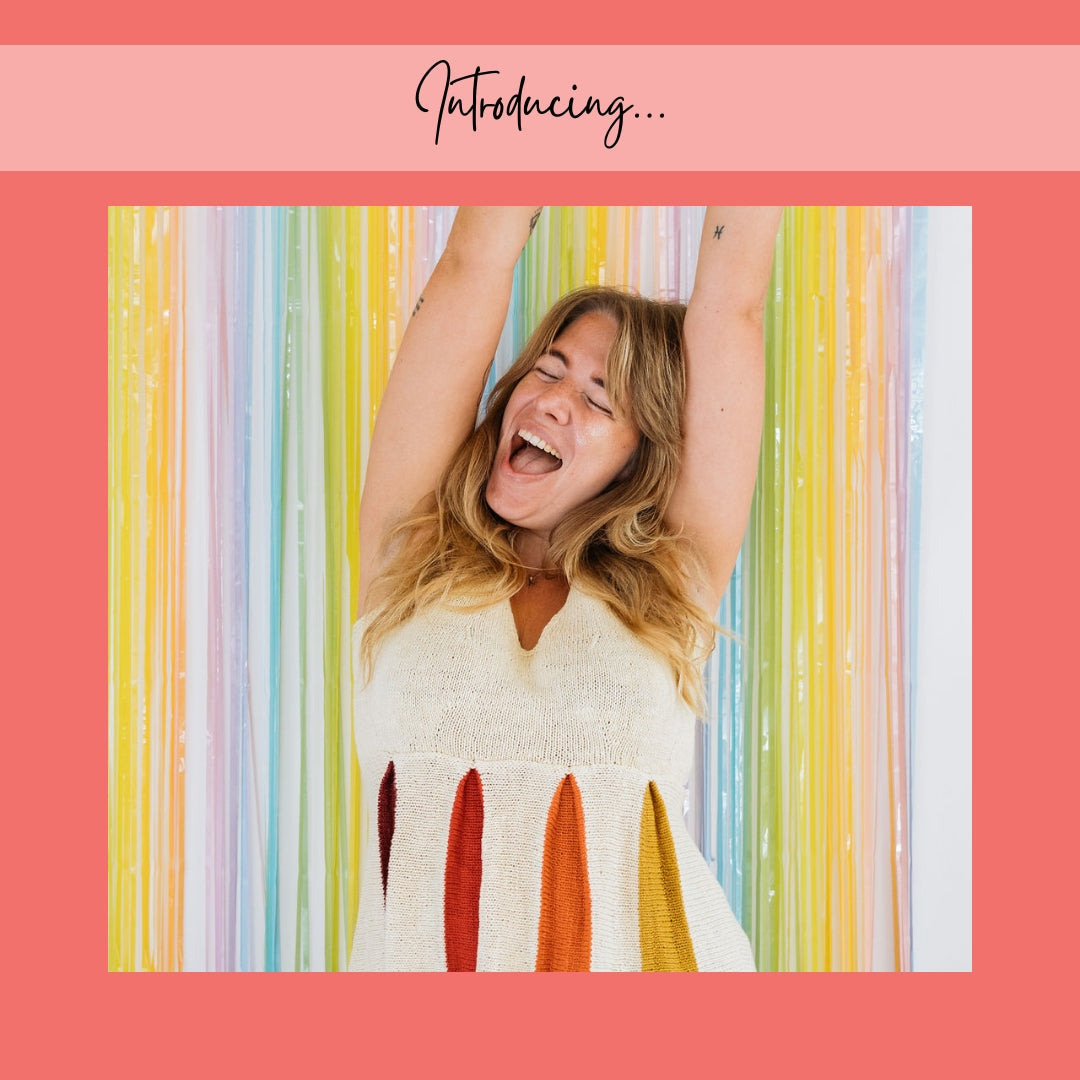
Issue 13 – Confetti & Rainbows | Official Pattern Preview
Februar 12, 2025 13 min lesen.
Hi lovelies! The sun is out here in Berlin, and what better day to talk about one of the most joyful issues we've ever done than a brilliant sunny winter day – meet Issue 13, Confetti & Rainbows!
In Issue 13 – our Spring 2025 Issue – we want to play! Confetti and rainbows, unusually and unconventionally interpreted in 12 new knitwear designs – a journey through color, shapes, texture and materials.
Confetti made out of dried flowers, collected over months from bouquets and the road side. Sparkly rainbows, light reflecting. Gentle textures and shapes, echoing the different forms confetti can take. An unexpected rainbow around the corner, on a brick wall, painted in broad strokes.
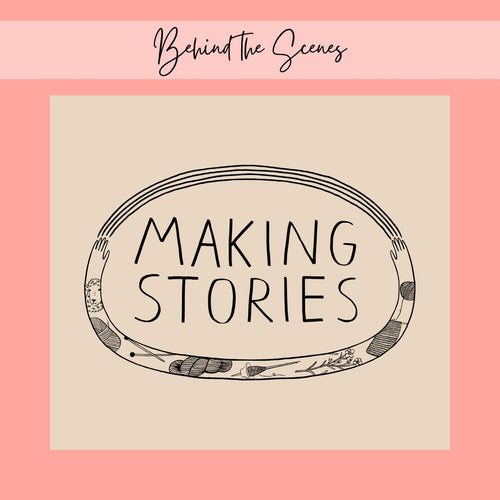
New Look, Same Heart: The Story Behind Our Delightful Rebrand
Januar 16, 2025 4 min lesen. 1 Kommentar
Hi lovelies! I am back today with a wonderful behind-the-scenes interview with Caroline Frett, a super talented illustrator from Berlin, who is the heart and and hands behind the new look we've been sporting for a little while.
Caro also has a shop for her delightfully cheeky and (sometimes brutally) honest T-Shirts, postcards, and mugs. (I am particularly fond of this T-Shirt and this postcard!)
I am so excited Caro agreed to an interview to share her thoughts and work process, and what she especially loves about our rebrand!
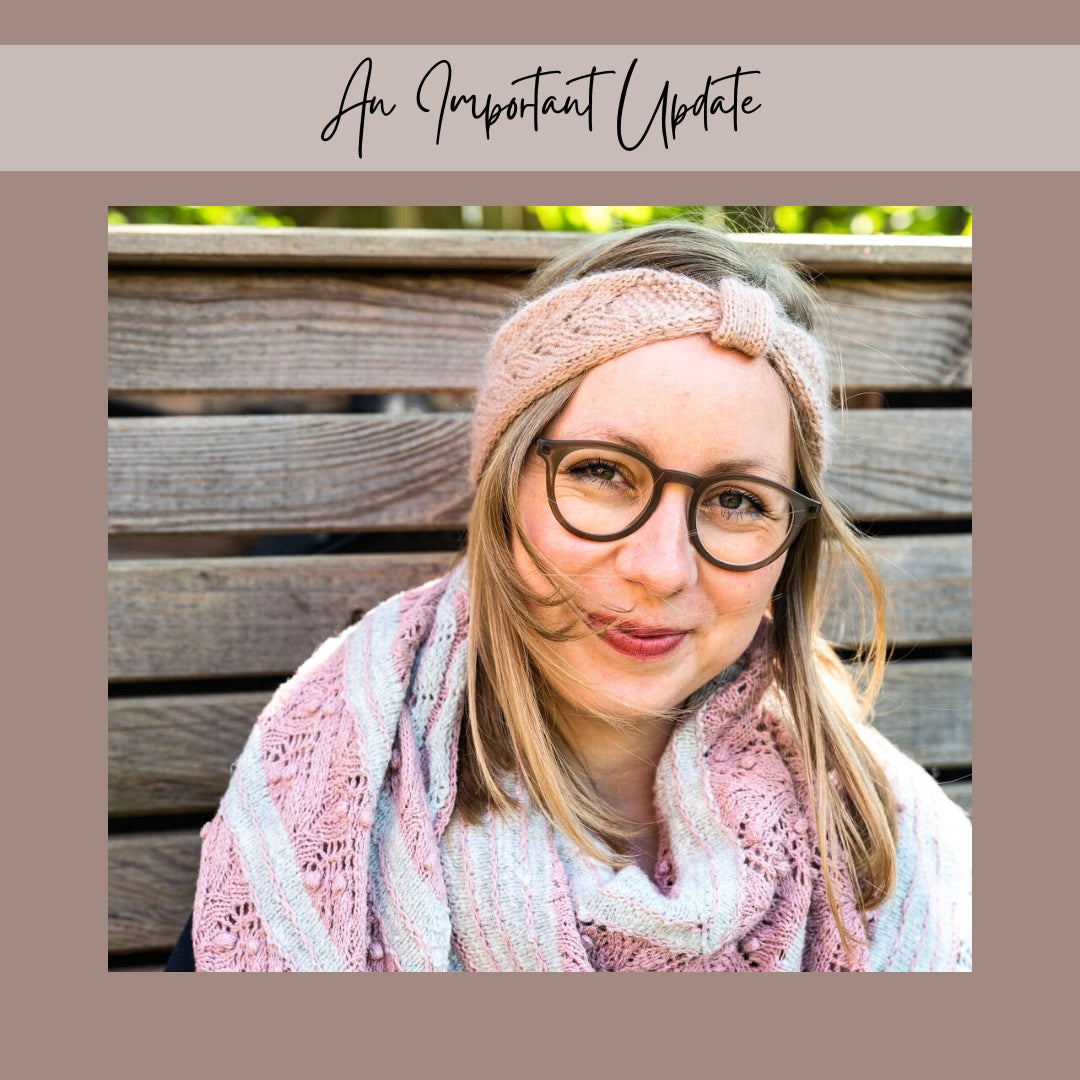
Thoughts on closing down a knitting magazine
November 19, 2024 12 min lesen. 1 Kommentar
Wer ist Making Stories?
Wir sind ein kleines Team, die sich leidenschaftlich für Nachhaltigkeit beim Stricken interessieren. Mit unserem Online Shop, der mit nachhaltig produzierten Garnen, Kurzwaren und Anleitungen bestückt ist, sind wir hier damit du dir einen Kleiderschrank erstellen kannst, der gefüllt ist mit gestrickten Sachen die du liebst und jahrelang tragen kannst.
Bist du schon bei unserer Herde dabei?
Abonniere unseren wöchentlichen Newsletter und bekomme die aktuellsten Neuigkeiten, Anleitungen und Inspirationen!


